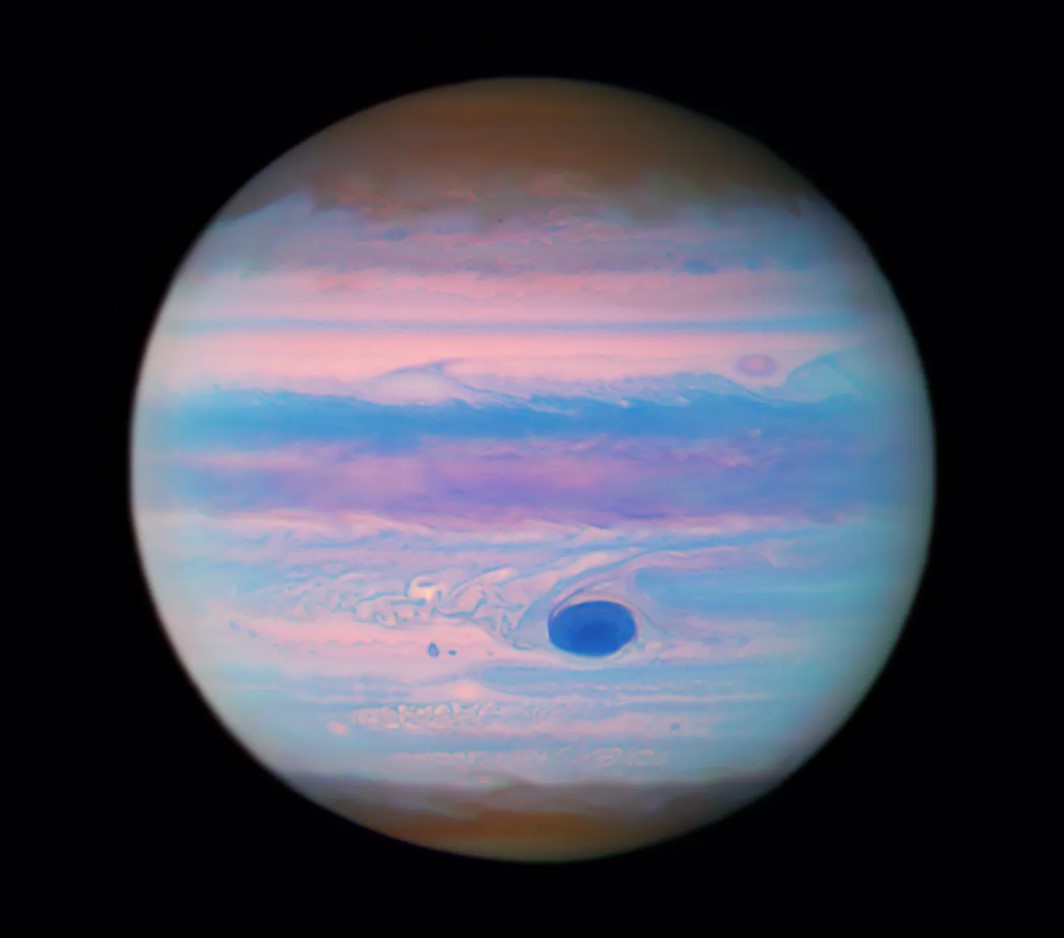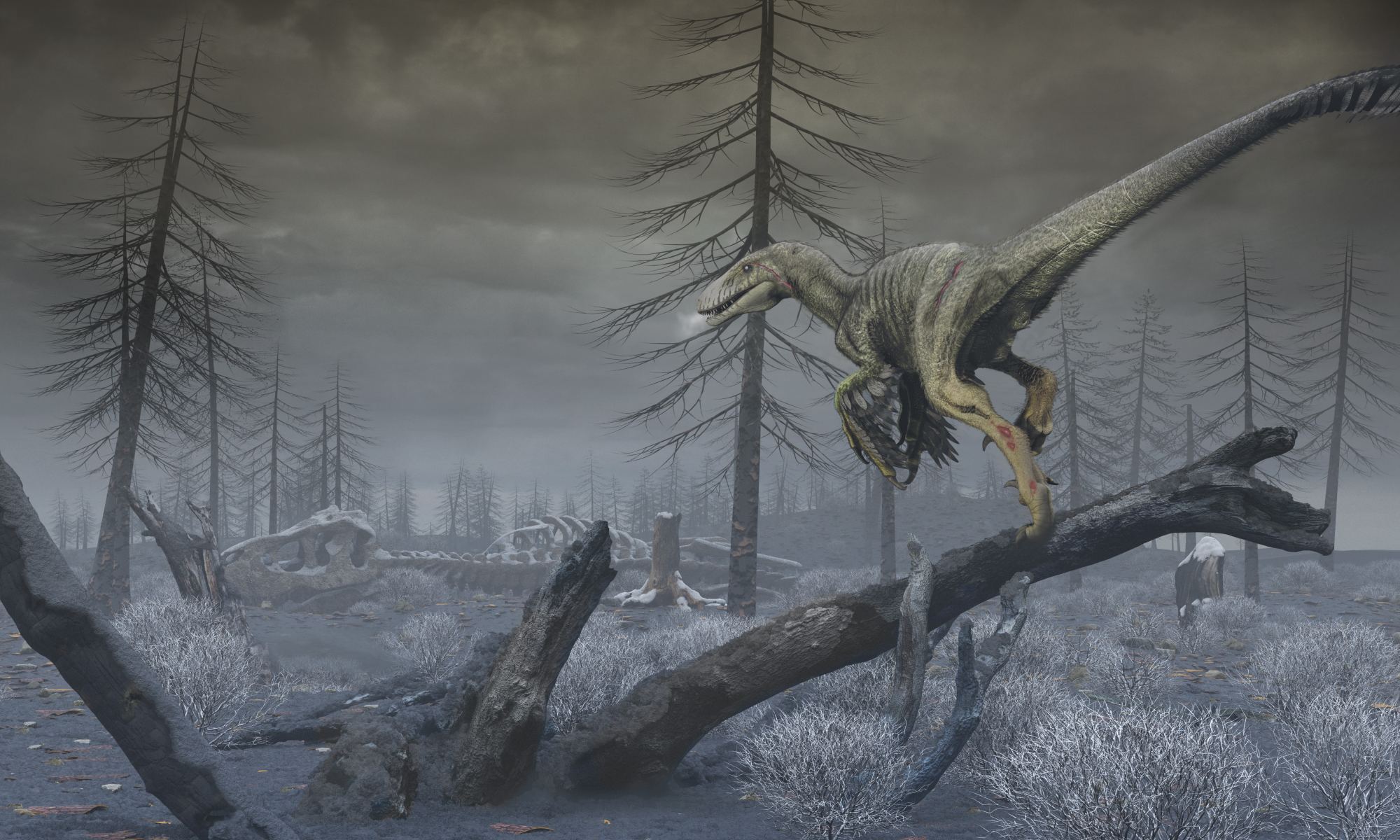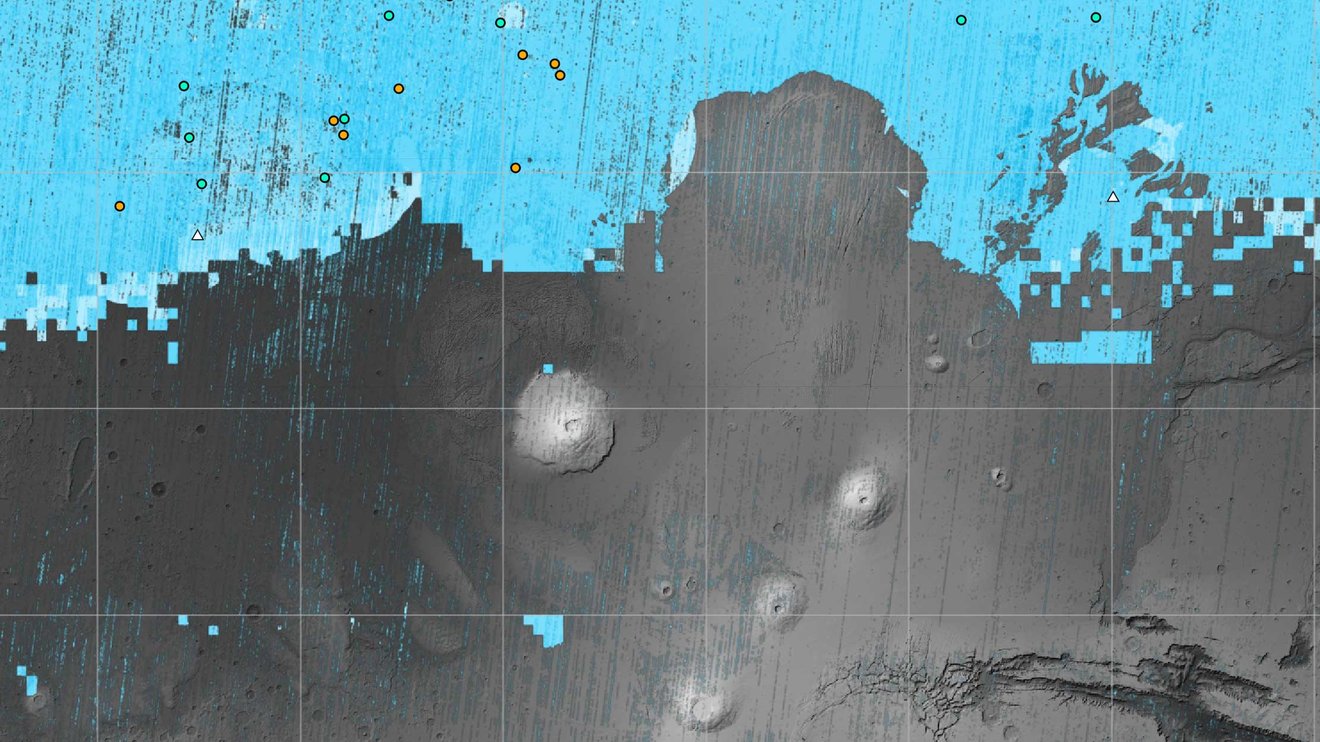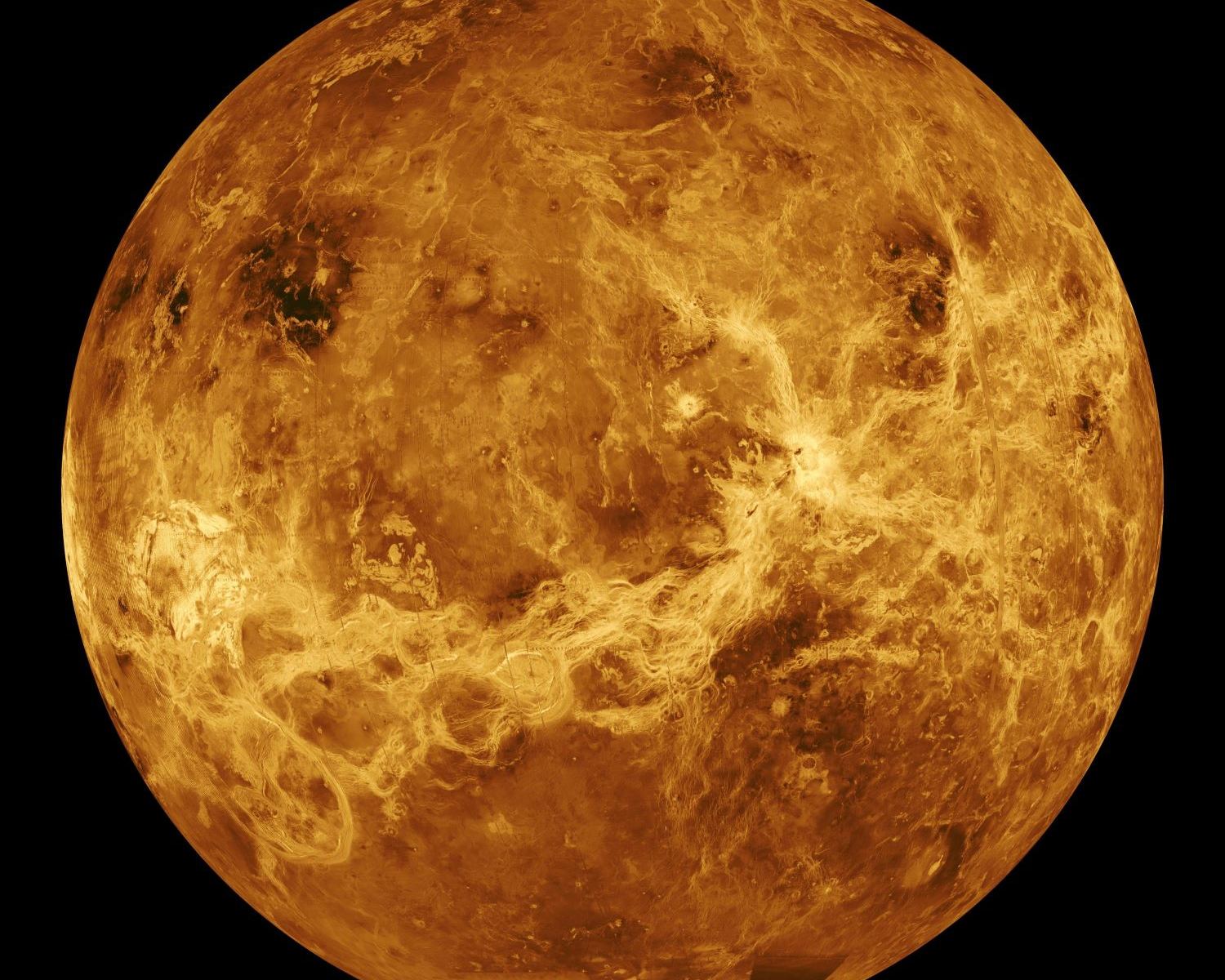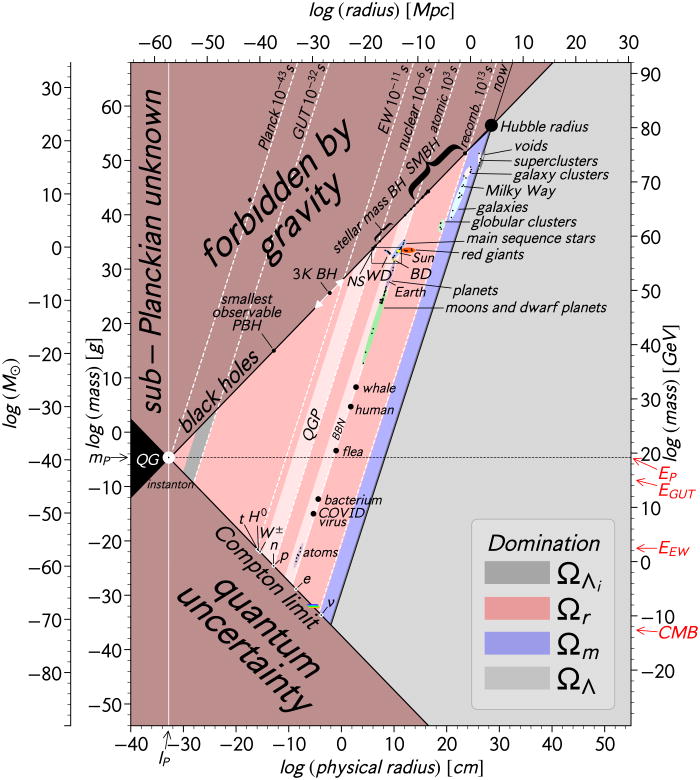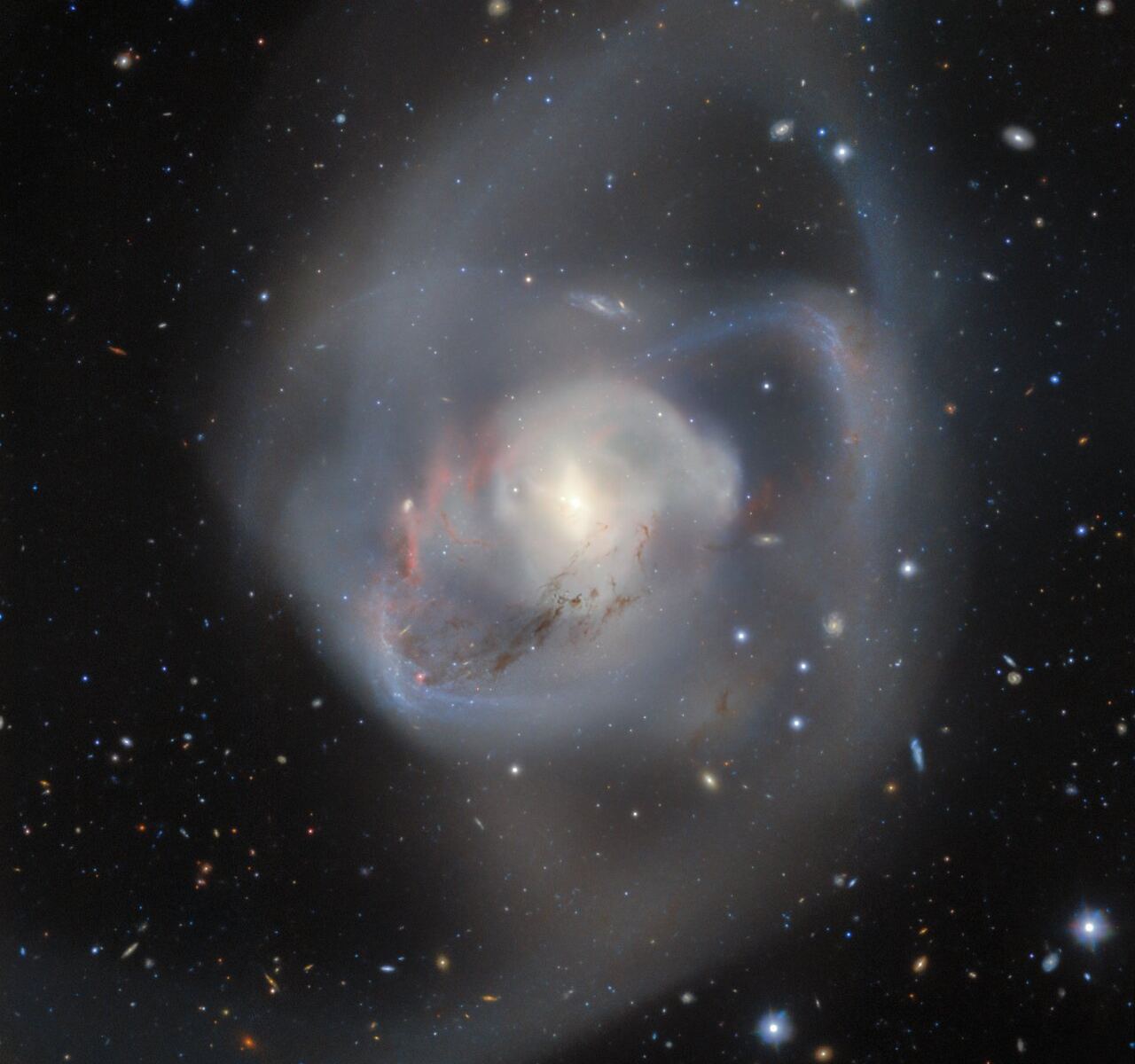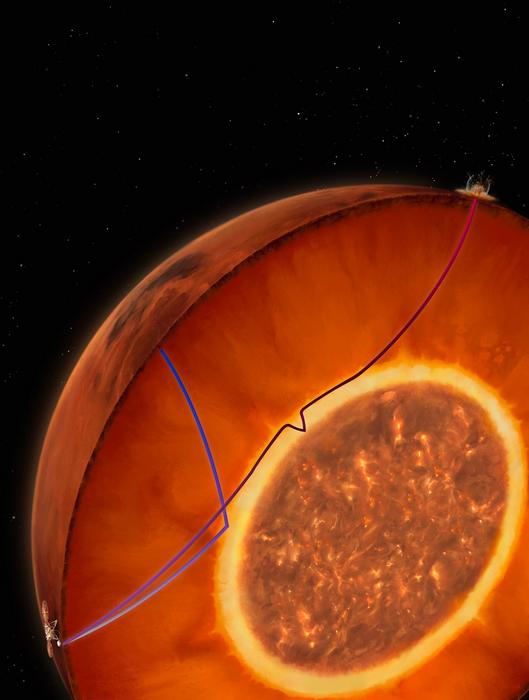Not to make anyone feel old, but it’s been over 11 years since NASA’s Curiosity Rover landed on Mars. The rover has now seen the sun rise on Mars over 4,000 times. During this time, the rover has driven almost 32 kilometers on Mars, making its way up the flanks of Mount Sharp while studying the ancient history of water on Mars.
The past 11 years have been quite the journey, but it hasn’t been all perfect. There have been a few computer glitches over the years, Curiosity’s wheels have gaping holes and gashes from driving over sharp rocks, and recently one of its camera filter wheels became stuck. But since the rover’s nominal mission was designed to last about two Earth years, Curiosity has proven to be a tough and enduring machine.
Continue reading “Curiosity has Seen its 4,000th Martian Sunrise”

